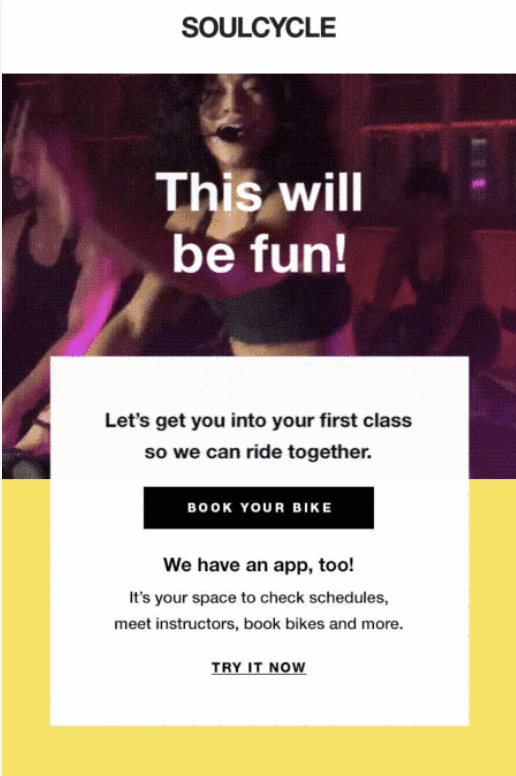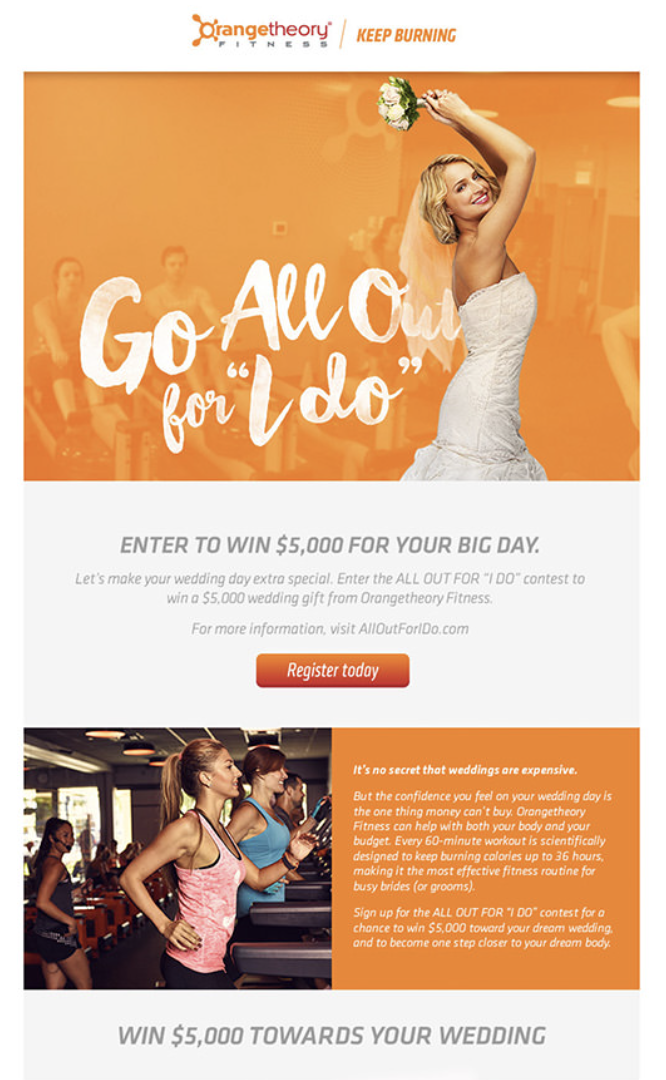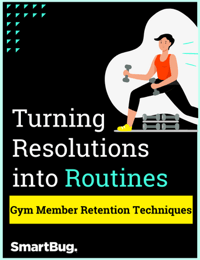
Fitness professionals face challenges with email marketing in getting—and keeping—the attention of potential customers. Personalization can help address these challenges by delivering relevant and targeted content to your audience based on individuals’ needs and preferences. The entire customer journey, from nurturing new leads to retaining those leads and turning them into loyal customers, can benefit from personalization.
Here’s a look at how personalization and segmentation in fitness marketing can help professionals in this industry expand their client base while building trust and loyalty with their customers.
The Power of Personalized Emails
Personalized email campaigns offer many benefits for fitness marketing. For starters, they can significantly improve open and click-through rates, which can lead to overall member retention. When someone sees their name in a subject line, they are more likely to open the email and interact with the content. This higher engagement can mean higher conversion rates and increased revenue for your business.
Furthermore, when a contact sees an email geared toward their specific fitness goals, they feel that their gym fully supports what they are working toward, which can also lead to increased member retention and even referral opportunities.
If you know your members’ specific interests—such as yoga, SilverSneakers, or Zumba—you can send personalized emails encouraging people to improve their form in those classes, get the most out of their program of choice, or invite a friend to the next class (for free!). These types of curated offers and content also contribute to member growth and retention.
According to a study from McKinsey & Company, 71 percent of consumers expect companies to deliver personalized interactions, and 76 percent get frustrated when this doesn’t happen. Tailoring your emails to your audience is key to retaining them and preventing negative feedback or a high unsubscribe rate.
Another benefit of personalizing your emails that is often overlooked is organization. Using effective personalization will keep your CRM segmented and healthy, giving you clear reports that help you refocus your marketing and identify new opportunities. As a bonus, customers will notice that the content you deliver feels like it’s actually for them and not for some faceless gym member with broad interests.
Steps to Personalize Your Fitness Emails
Personalization is a fairly straightforward strategy, but it isn’t as simple as just adding someone’s name to an email. These steps will get you started with an effective personalization strategy:
Contact Segmentation
Effectively personalizing emails in any industry starts with segmenting your audience. By dividing your subscribers into relevant groups based on their interests, demographics, or behavior, you can tailor content and offers to their specific needs. This allows you to deliver more targeted and relevant emails that resonate with each segment.
For fitness marketing, basic segmentation could divide existing members, prospects, and partners. You can also group people by experience and send tailored messages depending on whether they are new to the gym or experienced. To help capture these audience details, a Klaviyo-Mindbody integration seamlessly syncs your data to Klaviyo for an easy way to segment lists without all of the manual work normally involved.
Personalized Content
Crafting personalized content and offers based on your segmentations is the next step. By understanding the pain points and interests of each segment, you can create compelling and valuable content that speaks directly to them. Whether it's offering personalized workout plans, nutrition tips, or exclusive discounts, personalized content can drive higher engagement and conversions.
For example, fitness newbies might enjoy content that encourages them to feel comfortable in the gym along with easy-to-follow basic workout plans to help them take the next step to purchase their gym membership. Seasoned fitness enthusiasts might better enjoy offerings such as digital planners to track their progress.
A/B Testing
By testing different subject lines, email designs, and calls to action, you can identify what resonates best with each segment. A/B testing will give you insights into how to optimize email campaigns and make the most of your personalization strategy.
When conducting A/B testing, you want to make sure you are testing one variable at a time so you can understand which option made the difference in engagement. Over time, your email marketing campaign will be more efficient as you learn what your audiences respond to best.
Examples of Successful Fitness Email Personalization
Several fitness brands have excelled in email personalization. SoulCycle, for example, is known for its personalized email campaigns that speak to individual customer preferences and goals. By sending tailored class recommendations, success stories, and motivational content, SoulCycle has achieved high customer engagement and retention.

In this example, SoulCycle simplified the process of booking a bike for new riders by using the phrase "Book Your Bike" and acknowledging that it's their first time taking the class. The email also mentions the SoulCycle app, which helps new riders feel at ease by providing easy-to-access information about their instructors and class schedules.
Another company that effectively uses personalization is Orangetheory. Emails deliver targeted workout plans and nutrition tips based on individual fitness goals and performance. This approach has helped Orangetheory build a strong community and drive customer loyalty.

In this email campaign example, Orangetheory targeted engaged individuals preparing for their weddings, inviting them to enter a giveaway by registering. This helps the company create a list of highly motivated people it can market to while making its members feel closer to the brand.
Personalization Is No Sweat
Embracing personalization in fitness marketing unlocks the full potential of your email campaigns and allows you to connect with leads and existing clients on a deeper level.
To further support your efforts, download our guide, Turning Resolutions into Routines: Gym Member Retention Techniques.
About the author
Hannah Watson is a Marketing Strategist with nearly a decade of experience in the field. Having previously served at HubSpot and holding the title of HubSpot Certified Trainer, she specializes in marketing automation. Hannah is passionate about leveraging her expertise to drive growth and achieve outstanding results for her clients. After work, she enjoys time with her outgoing toddler and finds joy in her role as a personal trainer, embracing all things fitness. Read more articles by Hannah Watson.







